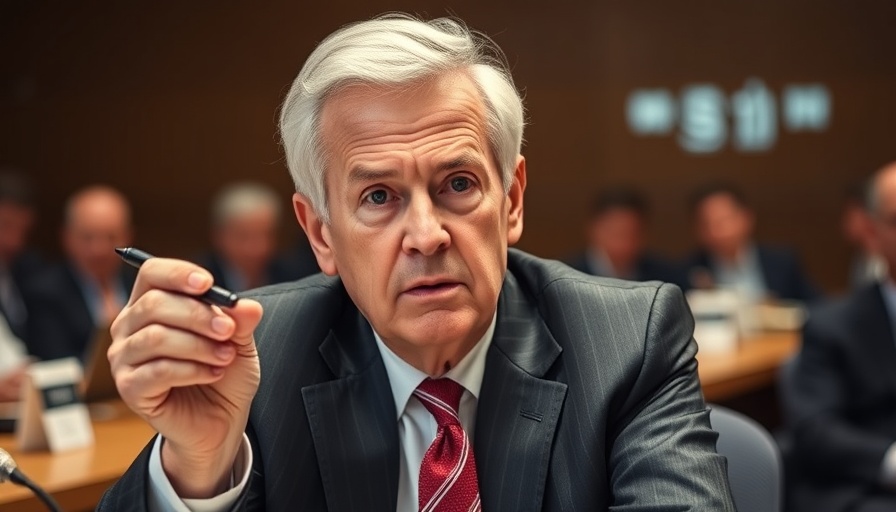
Trump's Unexpected Move: The IRS Chief is Out
In a dramatic twist in U.S. politics, President Trump has parted ways with the IRS Chief just two months after their appointment. This decision comes amid ongoing scrutiny over tax reforms and the administration's approach to revenue generation. The sudden dismissal raises questions about the stability of leadership positions within government agencies that play crucial roles in managing the nation’s finances.
Understanding the Implications of Leadership Changes
When a key figure in a department as significant as the IRS is removed from office so swiftly, the ripple effects can be profound. The IRS is responsible for overseeing tax collection, enforcing tax laws, and administering tax refunds. The departure of its leader can lead to uncertainty not just within the agency but also among taxpayers and businesses alike. This development may throw into question how tax policies will be implemented moving forward, especially as businesses in the Bay Area, such as Silicon Valley startups, navigate an evolving regulatory landscape.
The Role of the IRS in the Bay Area's Business Landscape
The Bay Area is home to countless technology companies, startups, and small businesses that rely heavily on clear administrative guidance from the IRS. Leaders in these businesses need to stay abreast of tax regulations and potential changes that could impact their bottom lines. Furthermore, venture capital funding for innovative firms is closely tied to fiscal stability, making IRS leadership dynamics particularly critical for economic growth in the region.
Wider Economic Trends: What This Could Mean
The sudden shift at the IRS may also come into play as financial markets react to this news. Investors look for stability in regulations, and unexpected changes in leadership can stir fears about future tax policies or reforms. In turn, this could influence corporate earnings reports and business growth strategies in the region. Moreover, employment trends may shift as businesses reassess hiring and investment plans amid uncertainty about their tax obligations.
Small Business Concerns: Navigating Uncertainty
Especially for small businesses that operate within delicate margins, the unpredictability brought about by an abrupt leadership change in the IRS can be daunting. Owners face critical decisions about compliance, and it's essential for them to seek information on how tax changes might affect their operational costs and overall growth potential. Staying informed through local resources, such as Bay Area business news outlets, can provide timely updates essential for adapting business strategies accordingly.
What to Expect Next: Future Predictions
Looking ahead, the next IRS appointment will be watched closely. Business leaders will be eager to glean insights into the new chief's stance on tax reforms and how this might impact corporate governance. This could also open up new discussions about corporate social responsibility and sustainable business practices, as businesses strive to balance profitability with ethical obligations in a changing economic landscape.
In summary, while the removal of an IRS chief may seem like a high-level political maneuver, it reverberates deeply into the fabric of the Bay Area's economy. Understanding these shifts can empower local businesses to adapt proactively amidst ever-evolving regulations. Owners and entrepreneurs should remain vigilant for updates on regulations and how they can leverage the information to strengthen their business strategies.
 Add Row
Add Row  Add
Add 



Write A Comment